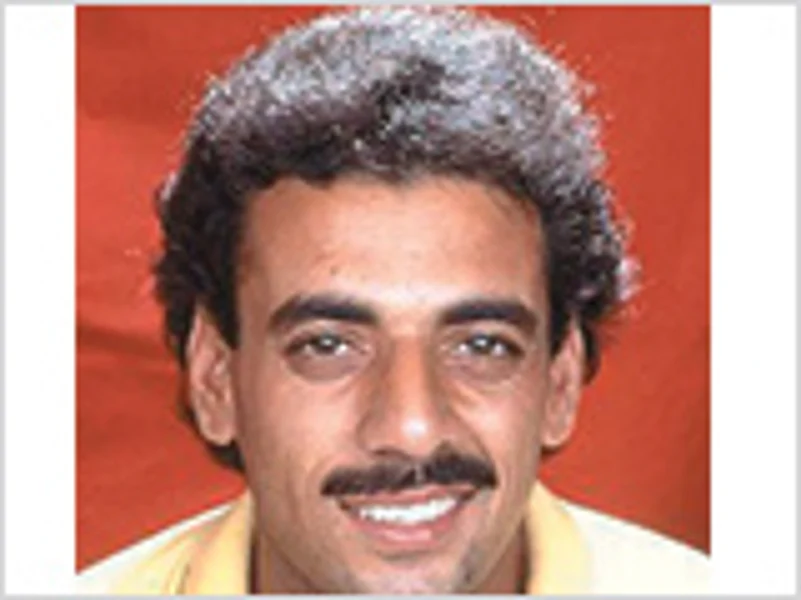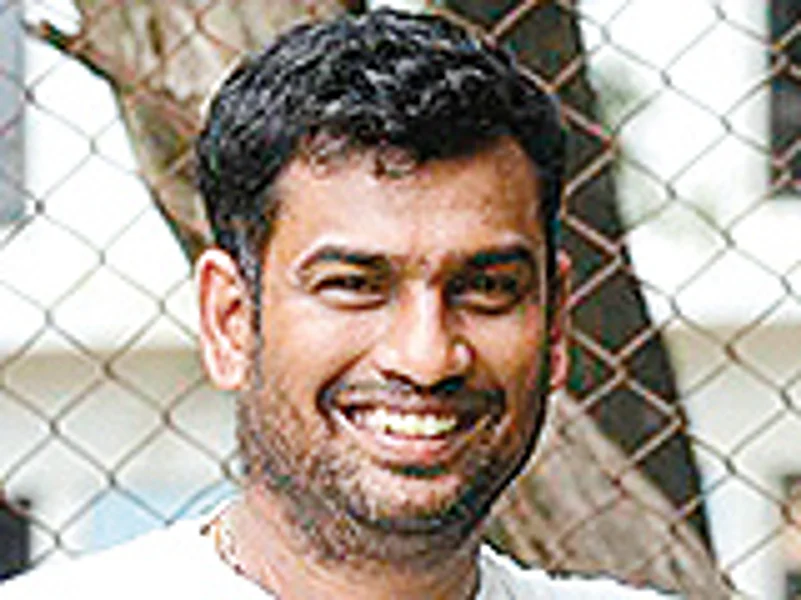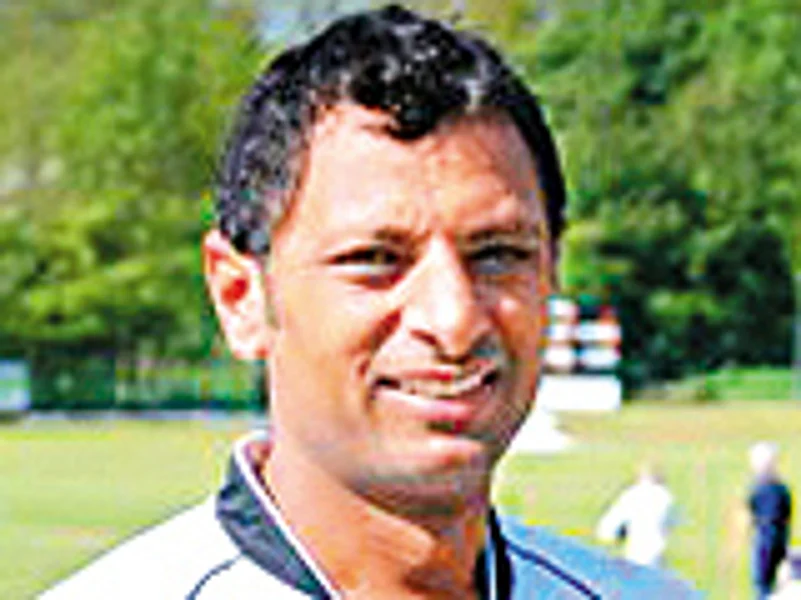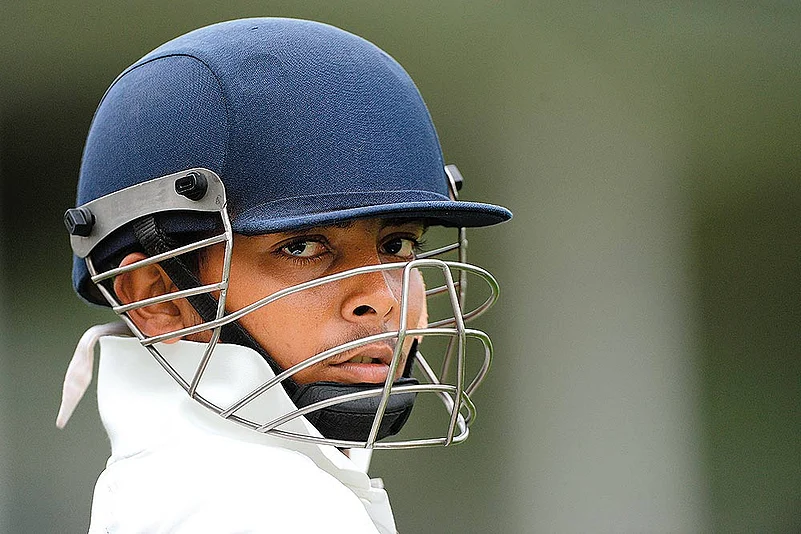Shaw‘s Own
- 546 the fourth highest score in all organised cricket in the world
- Prithvi aggregated 804 runs in nine Cooch-Behar Trophy matches in 2015-16
- In 2016-17, he amassed 329 runs, including two centuries, in four Cooch-Behar Trophy matches
***
Yet another (potential) master willow-wielder heaves in sight. Prithvi Shaw, India’s new batting sensation, turned 18 on November 9. He has already shattered records and set milestones, from school tournaments to Ranji Trophy and Duleep Trophy. After massive scores in local inter-school tournaments, he is now consolidating his position as an opening batsman for Mumbai in the ongoing Ranji Trophy. Take a look at his record so far. In five matches, since making his first-class debut with a century in Ranji in January this year, Prithvi has hammered four centuries and one half-ton, till the end of Mumbai-Orissa match on November 4. He scored a century on his Duleep Trophy debut in September, thus becoming the second youngest, after Sachin Tendulkar, to achieve that feat, aged 17 years and 320 days. Tendulkar, too, had scored tons on his Ranji and Duleep debuts. ‘The next Tendulkar’ is already being whispered, but that tag may be too early to confer on Prithvi.
In school cricket, Prithvi was perhaps as promising as the young Sachin. Both raked up tall scores in Mumbai’s premier inter-school tournaments, Harris Shield and Giles Shield. If Tendulkar hammered 326 not out in a 640-run world-record partnership with Vinod Kambli in 1988, Prithvi slammed an epic 546 in 2013-14. But the comparison ends there. Tendulkar went on be a cricketing legend, with 100 international centuries; Prithvi is yet to face bigger challenges. His 18-year life story is, however, dotted with more hurdles, than Tendulkar’s; there were massive odds to overcome, even as a child. Prithvi lost his mother before he even turned four. A caring father brought him up singlehandedly, giving up his clothing business and pledged his life to shape his son’s cricket career.
The cherubic Prithvi seems to have the same insatiable hunger for runs as Tendulkar, further triggering comparisons. Tendulkar had scored seven first-class centuries before he turned 18. Prithvi has fallen three centuries short. But no one knows what the future holds for the class XII student of Mumbai’s Rizvi College. Former India coach Lalchand Rajput, currently coach of Assam, is highly impressed. “He is a very positive player; he doesn’t curtail his shots. And he has got a lot of shots. Whatever the pitch, if the ball is to be hit, he will hit it. He can lift the spinners, and play over the top. The rate at which he is performing, he will definitely be putting pressure on the [national] selectors,” he says.
Amol Muzumdar, former Ranji Trophy-winning Mumbai captain, has watched both Prithvi’s Ranji and Duleep debut centuries. “My first impression of him is that he is very organised. I was very impressed with his defence in the Duleep Trophy final, in which he got 154 on debut on a rank turner in the final at Lucknow’s Ekana International Stadium. You can judge a player once he starts defending well,” says Muzumdar, whose 260 for Mumbai against Haryana on Ranji debut in 1994 is a world record for the highest first-class debut score.
Thanks to his tall scores in school cricket, the 14-year-old Prithvi secured a handsome Rs 50 lakh six-year deal with Meerut-based cricket equipment manufacturer Sanspareils Greenlands. That deal came in 2014, a year after his gigantic 546—the fourth highest score ever in organised cricket in the world—and it made life a bit easy for the prodigy and his proud father, Pankaj Shaw. A crucial decision that Pankaj made in 2010 was to relocate from Virar, on the outskirts of Mumbai, to the more central Santa Cruz. The relocation drastically cut down Prithvi’s travel time to his alma mater Rizvi Springfield School and the Middle Income Group Cricket Club, where he practised.
It was particularly tough on Pankaj after his wife expired. The father would wake up early and cook food for his son before getting him ready. “We would catch the 6.10 am local train from Virar to Bandra, about one hour-20 minute journey. Then there would be a 20-minute busride to Rizvi Springfield School. While Prithvi would attend classes, I would just hang around the school,” says Pankaj.
As a child, Prithvi got attracted to the game by watching kids play tennis ball cricket in Paranjpe Colony in Virar. “When he was seven I decided, on the advice of my cricketer friends, that I would push Prithvi into making cricket as his career. He joined Rizvi Springfield School in class III on a sports scholarship, where he played matches under the tutelage of coach Raju Pathak,” says Pankaj.
A moulder of Prithvi’s game, Pathak has high hopes from him. “He is talented, is a busy batsman, and is a run-getter. He now knows which ball to hit and which one to defend. He is doing well, but at times he gets out after settling down. He is capable of scoring even 200 or 250 [in first-class cricket],” he says of his protege. The veteran coach informs that Prithvi had scored several big hundreds before that humongous 546. India under-19 coach Rahul Dravid, too, has seen Prithvi from close when he captained the India under-19 team to England. this year. “He’s got a long way to go, a lot to learn. None of them [youngsters] are finished products, they’re learning along the way, they’re going to have ups and downs,” Dravid had said in February. Since then, Prithvi has climbed a few notches and has also gained by playing in England in the off-season since 2012 on sponsored trips for various clubs and schools.
Prithvi’s father is, however, far from satisfied. “I can’t say he has been ‘successful’ in real terms. He still has to reach his manzil (destination)—the Indian team, and play well for it. I want him to play good cricket and as long as possible—and become a good human being. There is stiff competition and unless he makes a place for himself in the Indian team the journey is not complete,” says the realistic father. A big turnaround in Prithvi’s fledgling career came in the 2015-16 season in the under-19 Cooch Behar Trophy, in which he was the highest run scorer. In that tournament, Prithvi aggregated 804 runs at 61.85 in nine matches, including three hundreds and three half-centuries. In the 2016-17 season, he further enhanced his credentials, amassing 329 runs, including two centuries, in four matches. And in the under-19 Vinoo Mankad Trophy’s west zone inter-state tournament that season, he scored 277 runs at 92.33 in three matches, comprising two hundreds; in the inter-zonal version he made 232 at 58.00 in four matches.
Consistent performances like these helped Prithvi break into Mumbai’s Ranji Trophy side in 2016-17, though he got to play only two matches, in which he excelled. He has so far made most of his opportunities, but will have to work harder next season, cautions Rajput. “The first season is always easier because people don’t know you. The next season will be difficult. Shreyas Aiyar in his first season scored 1,200-1,300 runs, but in the next he didn’t score as many. With video analysis available these days, people will not bowl to your strengths. So you have to upgrade your game every now and then—and improve in the other areas as well. Prithvi has to improve his fielding as well,” he says.
At the moment, Shikhar Dhawan, K.L. Rahul and Murali Vijay are opening for India. To mount pressure on them, Prithvi will have to keep notching up tall scores consistently. Muzumdar knows how important timely opportunities are. The national selectors never gave him the chance to play for India even when he was in peak form and scoring mountains of runs. “From my experience, I hope he gets the chance at the right time, when he has hit a purple patch. Sometimes it happens that if you get it after two or three years, form eludes you and then it could be a little bit of a problem,” he warns. Prithvi would hope to be lucky to hit the tons when selectors’ eyes are turned his way. If an India cap is won, he would ardently hope to retain his rich vein of runs.
***
Promises Not Kept
The brightest sparks in domestic cricket, their India career never took off

Vinod Kambli
The smashing left-hander scored a gigantic 349 not out in the world-record unbroken 664-run partnership with Sachin Tendulkar in a school match in Mumbai in 1988. Later, he smashed two centuries and two double-centuries in his first seven Tests. But he ended up playing only 17 Tests and then fizzled out.

Amol Muzumdar
He started his first-class career by smashing a world record 260 on debut in 1994. But despite scoring heavily in domestic tournaments for several seasons the selectors never picked the talented batsman for India. He finished his 20-year career with 11,167 runs in 171 first-class matches.

Ajay Sharma
He was the run plunderer in domestic cricket. But he played only one Test, in 1988, and 31 ODIs. After that, the Delhi batsman was forgotten as the middle order was choc-a-bloc with the likes of Tendulkar and Mohammed Azharuddin. He tallied 10,120 runs in 129 first-class matches.

Sridharan Sharath
This Tamil Nadu left-hander was ignored by the selectors despite his prolific domestic scores. In his 15-year career which ended in 2007-08, he amassed 8,700 runs in 139 matches, but couldn’t break into the national team as Tendulkar, Dravid, Ganguly and Laxman occupied the line-up.

Sitanshu Kotak
This Saurashtra left-handed batsman was another giant in domestic cricket who never once got to play for the senior Indian team in his 20-year successful first-class career. His career aggregate of 8,061 runs in 130 matches is enough indication that he could have succeeded in Tests as well.
















